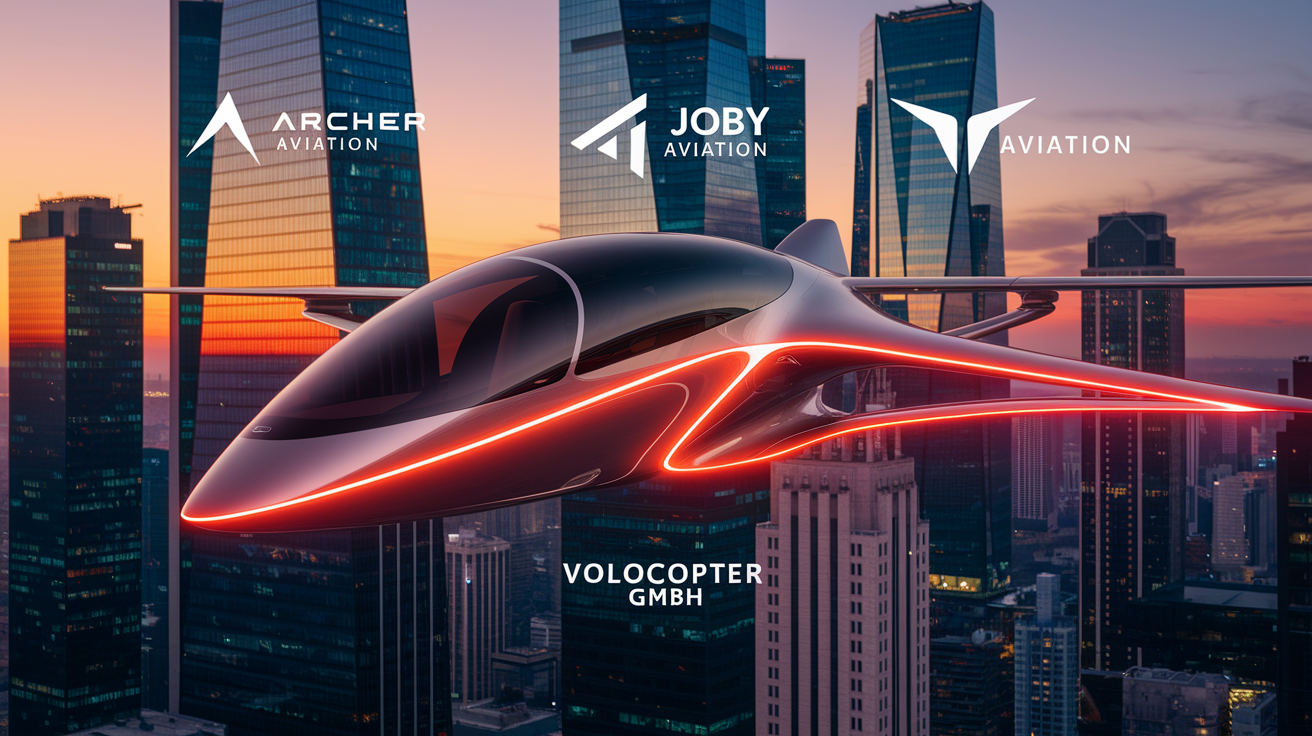AI Impact Analysis on the Urban Air Mobility (UAM) Industry
The Urban Air Mobility (UAM) is transitioning from futuristic concept to actionable urban infrastructure, and at the heart of this transformation is artificial intelligence. AI is not merely an enabler in UAM—it is the operating system for its future, empowering next-generation air vehicles to operate autonomously, safely, and efficiently within highly complex urban environments. As cities move toward multi-modal smart transportation networks, AI is fast becoming the foundational layer that will define UAM scalability, airspace integration, and passenger trust.
AI’s integration in the UAM ecosystem spans flight control systems, predictive maintenance, airspace traffic management, and personalized passenger experiences. Advanced machine learning models now power autonomous flight planning, route optimization, and dynamic obstacle avoidance. These capabilities are vital for electric vertical takeoff and landing (eVTOL) vehicles, which will need to operate with minimal human intervention while maintaining the highest safety standards. AI systems continuously ingest data from environmental sensors, air traffic flows, and urban infrastructure to make real-time decisions that mimic, and in many cases surpass, human pilot responses.

The market trajectory for UAM is accelerating, fueled by smart city initiatives, public-private partnerships, and an expanding investor base focused on sustainable and efficient transportation. AI is serving as a strategic lever to unlock cost reductions, reduce pilot dependency, and address regulatory barriers. In particular, AI’s role in Unmanned Traffic Management (UTM) is helping governments and OEMs build systems capable of managing thousands of simultaneous low-altitude flights without overwhelming human controllers. This is critical as the industry moves toward high-density aerial mobility, including autonomous passenger shuttles, cargo drones, and emergency response fleets operating in parallel.
Request AI Impact Analysis on Urban Air Mobility (UAM) Industry : https://www.marketsandmarkets.com/pdfdownloadNew.asp?id=251142860
Several eVTOL manufacturers are integrating AI into their core architecture, shifting from traditional flight systems to intelligent, software-defined vehicles. This has triggered a wave of strategic partnerships between aerospace companies and AI startups, enabling the co-development of autonomous flight stacks, smart avionics, and edge-compute systems capable of real-time decision-making onboard. The competition is increasingly being shaped not just by airframe design, but by the quality and reliability of the AI driving the vehicle.
Additionally, AI-powered predictive maintenance is becoming a critical enabler of UAM uptime and safety assurance. By analyzing component wear, flight behavior, and environmental exposure in real time, AI systems can forecast potential failures before they occur, reducing unexpected downtime and streamlining operational readiness. This is essential in an industry where public perception and trust hinge on ultra-high safety performance metrics.
Passenger experience is also being reimagined through AI. From facial recognition-based boarding and real-time route customization to AI-driven language translation and dynamic cabin personalization, future air mobility services are expected to operate more like intelligent assistants than traditional transportation modes. AI will also help assess and manage passenger flows at vertiports, optimizing ground operations and turnaround times to ensure scalability as demand grows.
The regulatory environment is beginning to adapt in tandem, with AI-based systems now playing a central role in certification processes, flight approval algorithms, and traffic coordination. Authorities are exploring performance-based AI certification frameworks that emphasize learning adaptability, transparency, and decision logic auditing—ensuring that AI-enabled vehicles meet rigorous safety standards without stifling innovation.
Overall, AI is poised to shape every layer of the UAM value chain—from aircraft autonomy and fleet management to airspace control and passenger service. Companies that successfully embed AI into their systems architecture will not only lead the next generation of urban mobility, but also help define the very rules by which it operates.
Related Report :
GET A FREE SAMPLE
This FREE sample includes market data points, ranging from trend analyses to market estimates & forecasts. See for yourself.
SEND ME A FREE SAMPLE





